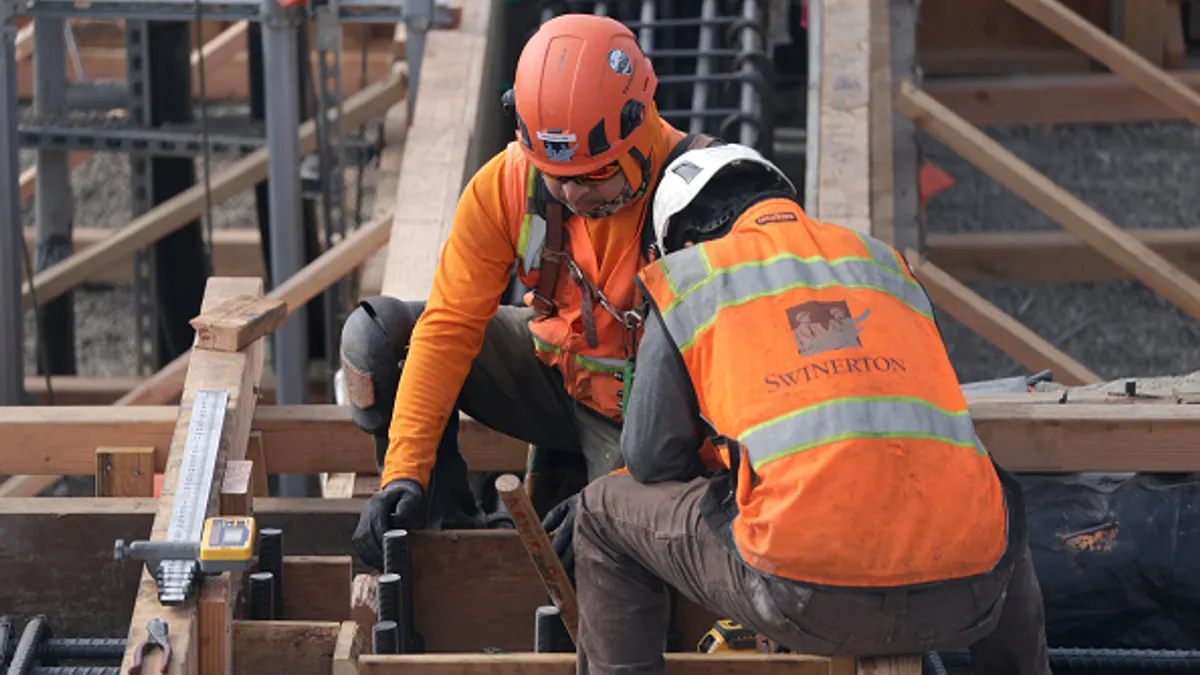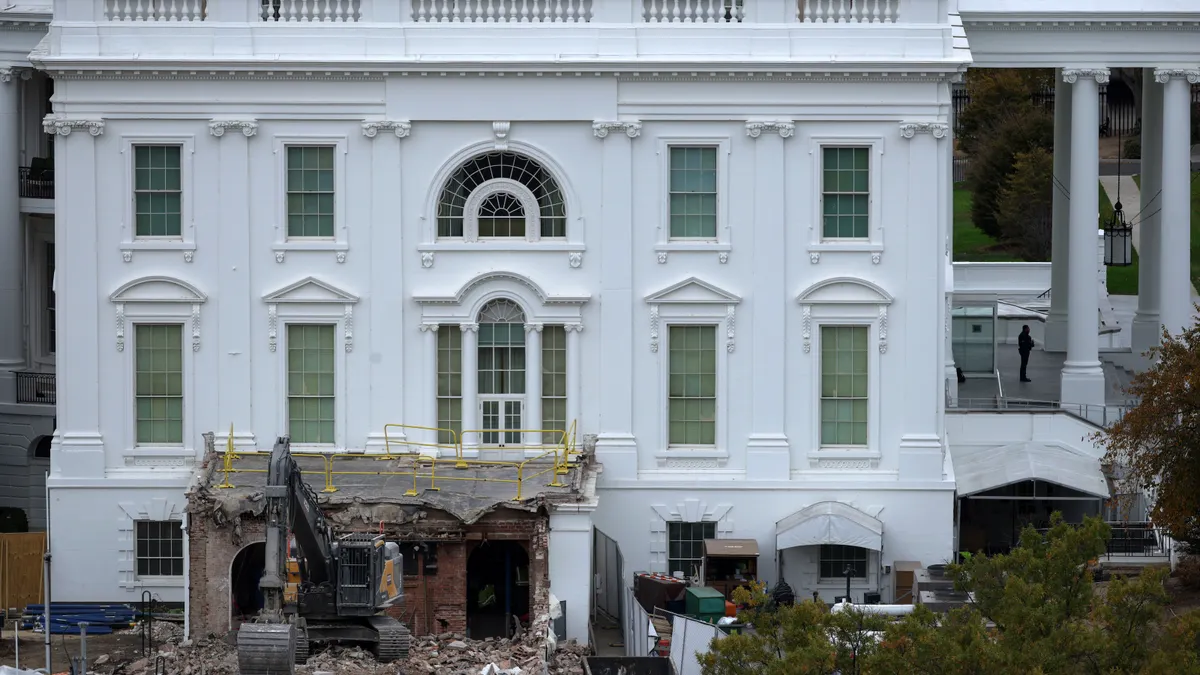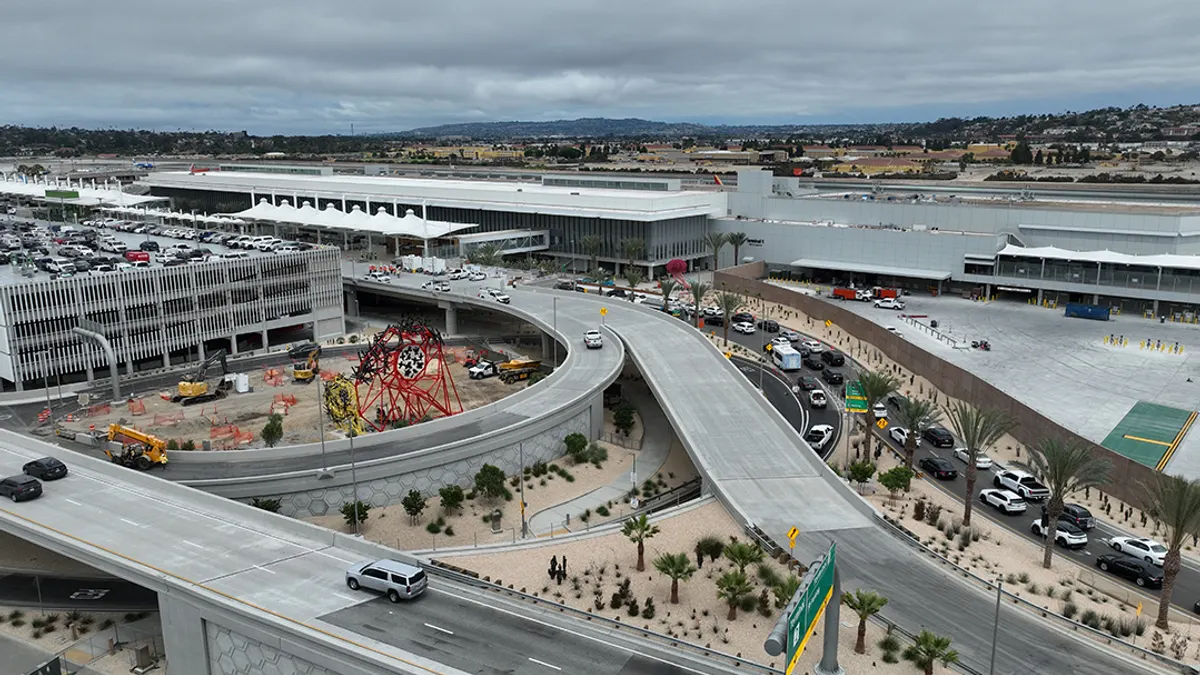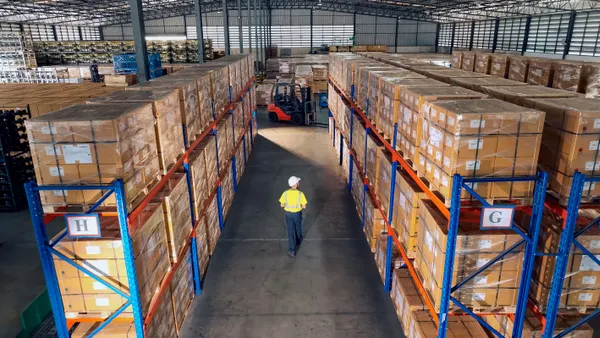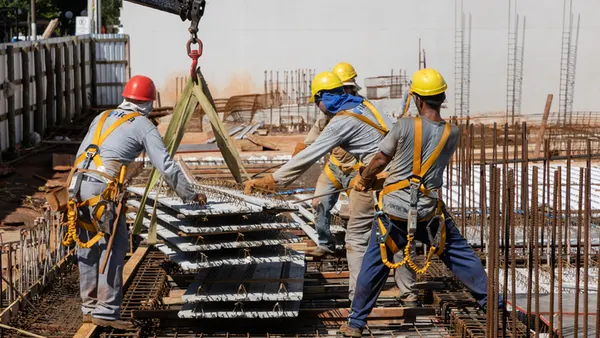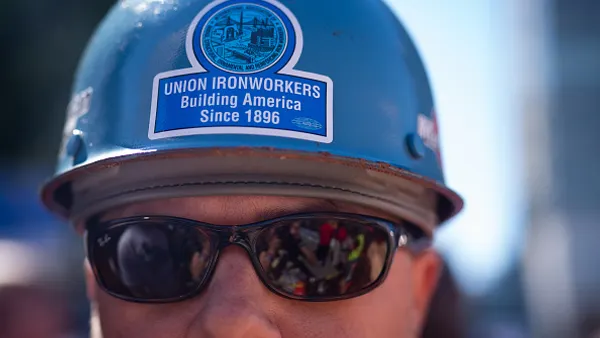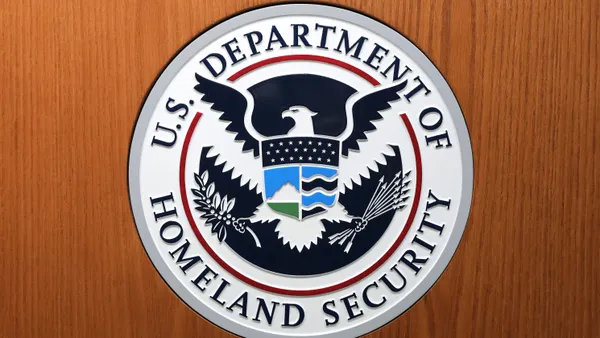Legislation reintroduced to Congress last month could help construction employers desperate for a reprieve from the labor shortage while also addressing immigration reform.
As Immigration and Customs Enforcement has stepped up raids on jobsites, arresting unauthorized workers and preparing them for deportation, construction has seen a critical mass of its labor force impacted.
In the most high profile case, hundreds of federal agents arrested 475 workers at a construction site in Georgia on Sept. 5. Many of the workers were South Korean. At the time, White House border czar Tom Homan said President Donald Trump’s administration would continue to ramp up raids on U.S. workplaces.
An estimated 23% of construction workers are unauthorized to work in the U.S. But the recently reintroduced bill hopes to address that and has garnered industry support.
On Sept. 18, Rep. Lloyd Smucker (R-Pa.) resubmitted a bill previously put on the floor that would amend the Immigration and Nationality Act. The Essential Workers for Economic Advancement Act would create a new visa, the H-2C visa, for nonagricultural workers.
Businesses could use H-2C visas to fill jobs that have remained open for three consecutive months or more than 60 days in a 90 day period and are located in a region where the unemployment rate is 7.9% or less. The bill puts a 65,000 job-cap on the number of positions that could qualify during the first fiscal year of H-2C visa use.
“The H-2C visa could be a practical way to bring in legal, vetted workers when jobs stay unfilled for months. It helps stabilize crews, keep projects on schedule, and still ensures American workers remain the first priority,” said John Dorer, CEO of eb3.work, a platform that connects employers with foreign nationals seeking to work legally in the U.S.
Dorer said the proposal supports workforce development in the U.S. without replacing it. As contractors invest in training and apprenticeship programs, retirements are outpacing that pipeline, he said.
“An H-2C option, with strong compliance and safety standards, could help close the gap,” Dorer said in an email to Construction Dive. “It is not the whole solution, but it can be an important part of a broader strategy that allows construction firms to grow and meet the needs of communities across the country.”
The Associated General Contractors of America is also backing the bill.
In a statement, CEO Jeffrey Shoaf pointed to a recent survey that found labor shortages remain the leading cause of project delays. More than nine in 10 respondents reported difficulty filling open positions. In addition, immigration crackdowns have begun to affect about one third of firms.
“Of course, the long-term solution is for Congress and the Trump administration to work together to reinvigorate our long-neglected career and technical education and training programs,” Shoaf said.
But Shoaf also acknowledged revamped career training efforts could take years.
“Establishing a visa program for construction occupations provides the kind of lawful, temporary, traceable and taxable pathway needed to serve as a short-term solution while we rebuild the domestic pipeline for preparing new construction workers,” he said.



